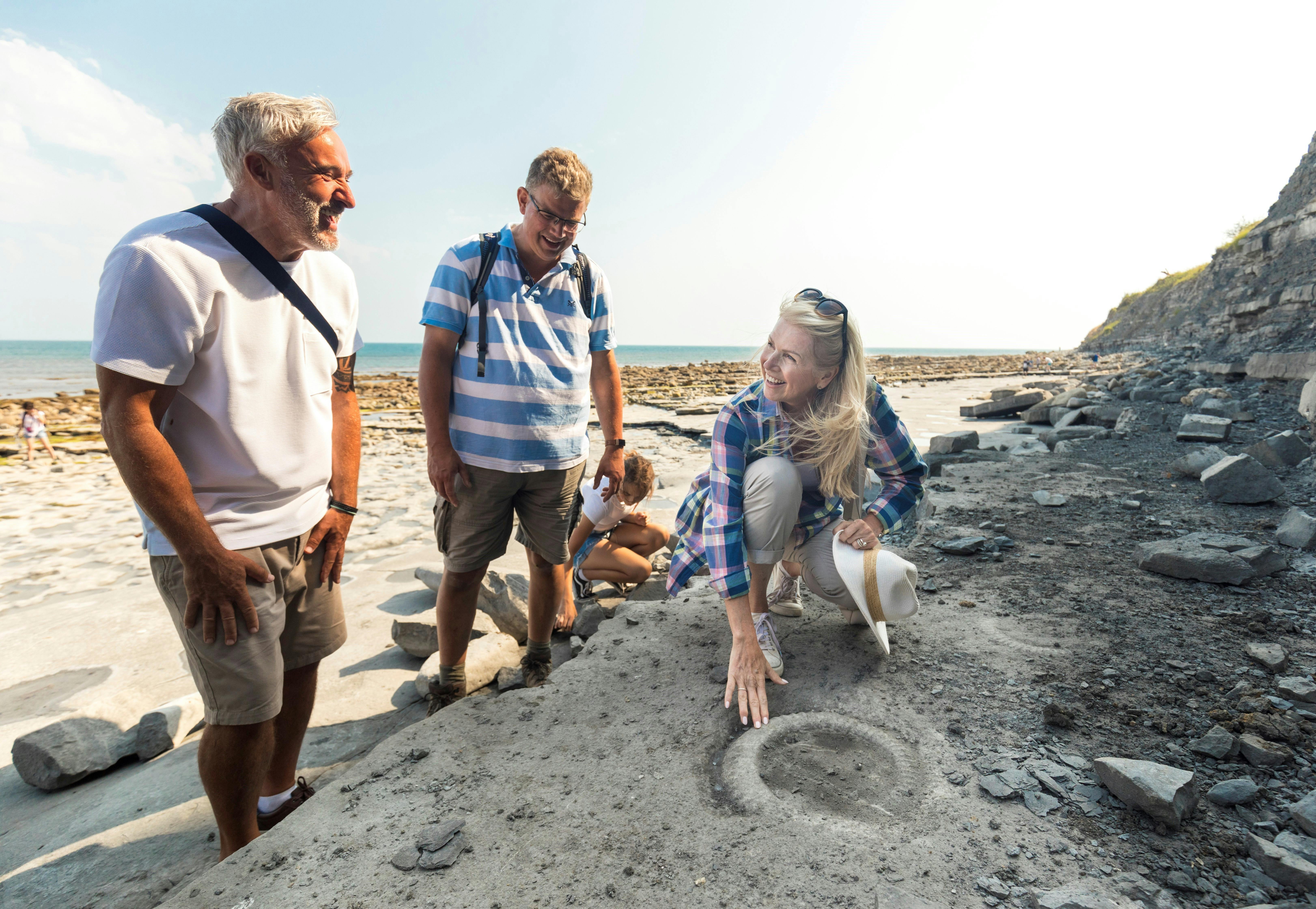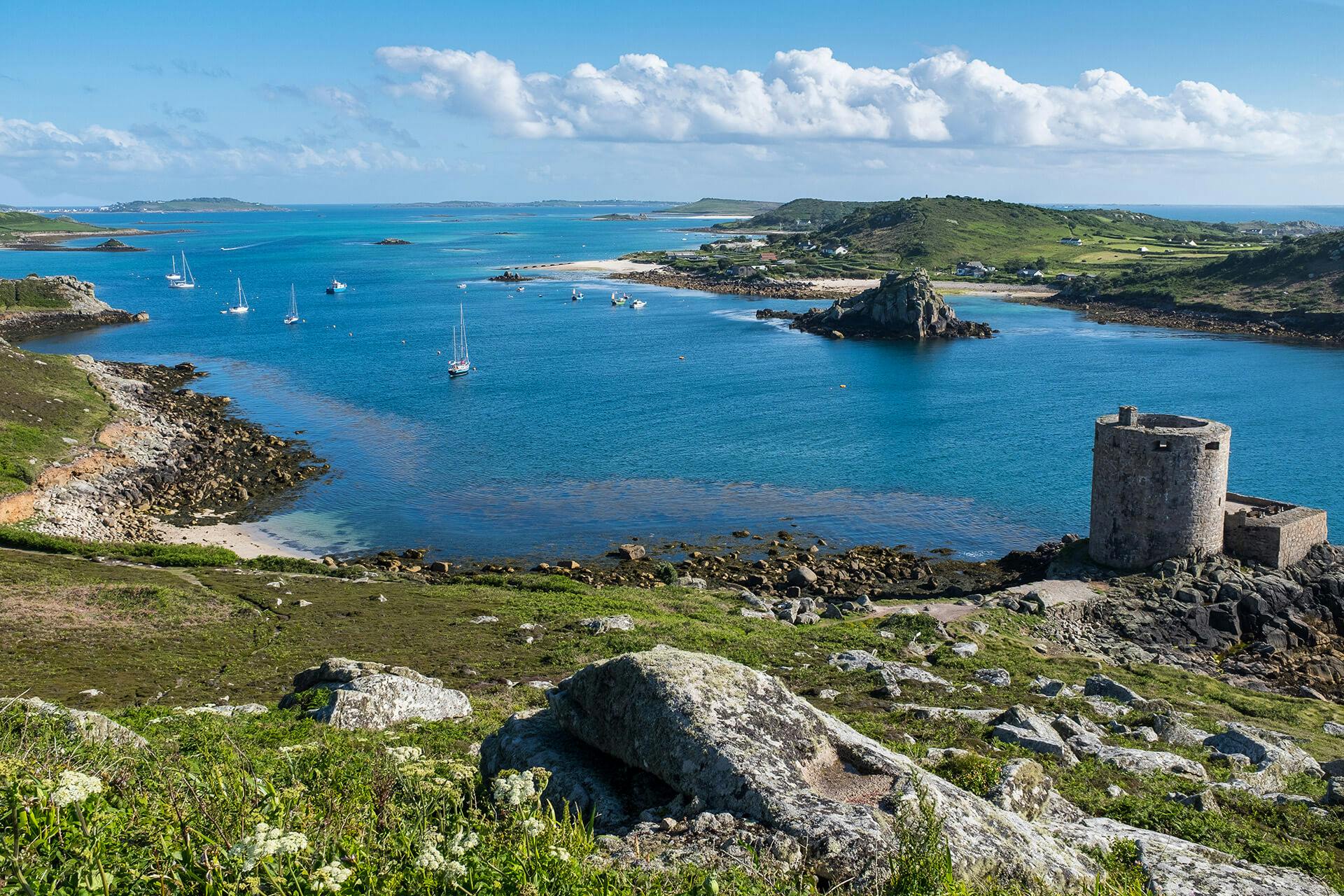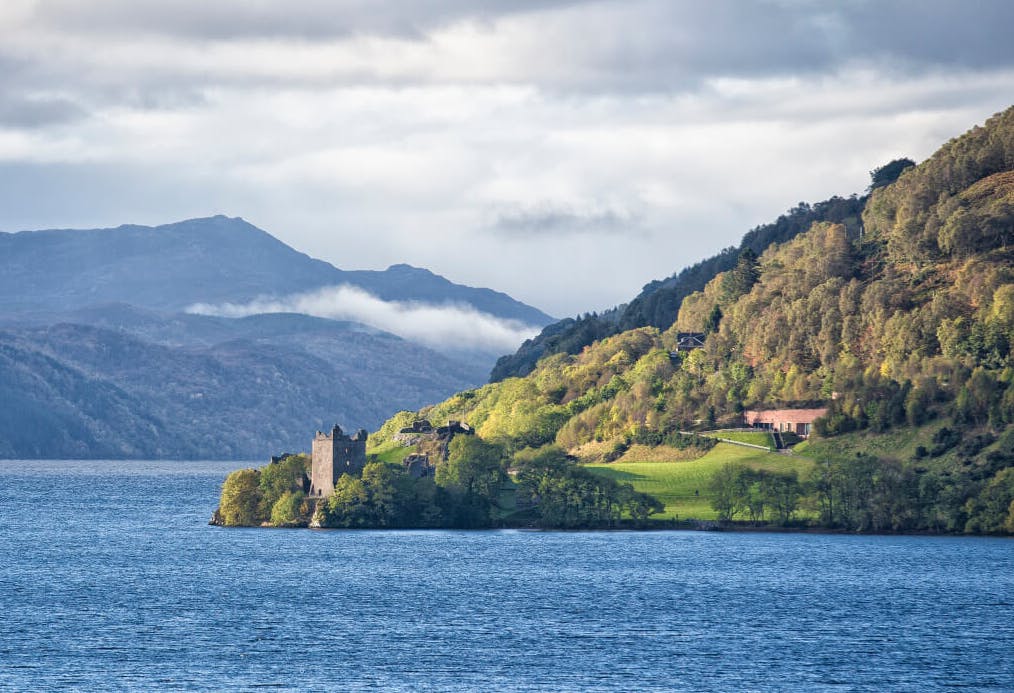Curious facts about seven of the UK's most curious landscapes

It’s not only the British people that are known for their eccentricities and peculiarities – just think of Monty Python, or extreme queuing. The UK’s landscapes can be rather quirky, too!
The country packs an enormous number of curiosities and intrigue into a relatively small area. It’s only 874 miles from Land’s End, the most southern point of mainland UK, to John O’Groats in the north, but in between you’ll find volcanoes, vineyards and vicious spirits – and we haven’t even talked about the islands yet!
A curious fact about the whole of the UK is that the south of the country is sinking while the north is rising. That’s due to something called isostatic rebound. Basically, the north of the UK is still rebounding upwards after the incredibly heavy ice sheets of the last Ice Age melted. So you’d better plan to visit southern England’s peculiar places first!*
Until you can see them for yourself, satiate your curiosity with these fascinating facts about seven of the UK’s most unique landscapes.
1. Lyme Regis: The curiosity of curiosities

If ever there was a place that embodied curiosity, it’s the town of Lyme Regis, on England’s Jurassic Coast. The renowned fossil hunter Mary Anning was born here in 1799 to a poor family of religious dissenters. She made money for her family by selling the “curiosities” she found to fashionable Georgian gentlemen and women who collected fossils for their ‘cabinets of curiosities’.
The crumbling limestone coastline around Lyme Regis is particularly rich in ammonites and belemnites (or ‘Ammon’s horn’ and ‘devil’s fingers’ as the Georgians used to call them). Nowadays it’s a UNESCO World Heritage site, thanks to its outstanding rocks, fossils and landforms. The area has contributed hugely to our understanding of earth science and history – in no small part thanks to Mary Anning’s tireless research and curiosity.
Discover more about Mary Anning and this remarkable part of the world on our Fascinating Landforms and Fossil Treasures of England’s Jurassic Coast tour or one-day fossil-hunts in Lyme Regis.
2. Beaches of singing sands
No fewer than 33 beaches in the UK play host to a most curious phenomenon: singing sands. When sand grains on these beaches are blown by the wind or walked on by curious, heavy humans, they rub together producing a high-pitched whistling sound. To ‘sing’, the sand grains have to be of a particular shape, size, silica content and humidity.
Head to Porthor in North Wales, the Ardnamurchan peninsula in the Scottish Highlands, or the island of Eigg in the Scottish Hebrides to hear this audio curiosity.
3. Shipwreck, murder and navigational lifesavers on the Scillies

A sea-based disaster on the Isles of Scilly – a unexpectedly tropical archipelago known as Britain’s answer to the Maldives – prompted the discovery of a means to determine longitude.
Thousands of ships have been wrecked on the Isles’ jagged rocks. But it was the loss of 2,000 men and four ships including The Association in 1707 that urged the government to offer a prize to anyone who could come up with an accurate way to determine longitude. John Harrison did just that when he invented the marine chronometer in 1761.
Bonus curiosity: The Association was the flagship of Admiral Sir Cloudesley Shovell. He was leading a fleet back from the siege of Toulon when disaster struck. The Admiral survived the shipwreck, only to be murdered by a poor Scillies woman on the spot where he was washed up – but that’s another story…
Find out more about the Scillies on our Secret Isles of Scilly tour.
4. A volcano, a castle… and an elephant in Edinburgh!
Scotland’s capital rests on sleeping giants. Edinburgh is built on three extinct volcanoes. The heart of Edinburgh, its castle, sits on the plug of a volcano, believed to be around 350 million years old.
As if that wasn’t curious enough, Edinburgh Castle once housed an elephant, brought here by the 78th Highlander Regiment in 1838. The elephant lived here for several years – and apparently acquired a taste for beer and whisky during that time!
5. Scotland: A land awash with spirits

We’ve all heard of the Loch Ness Monster – but Nessie isn’t the only terrible creature said to loiter in Scotland’s waters.
Kelpies – malevolent, shapeshifting spirits that usually take the form of a horse – are said to haunt Scotland’s pools, rivers and streams. The Blue Men of The Minch, kelpies who lure ships onto the rocks and sailors into the ocean, lurk in The Minch Strait of the Scottish Hebrides.
You can see an incredible sculpture, The Kelpies, just outside Falkirk. At 30 metres tall, it was, for a brief time, the largest equine sculpture in the world, and draws as much inspiration from Scottish industry’s past reliance on heavy horses as it does from the malicious water spirits.
Explore Edinburgh and Loch Ness on our First-Class Short Tour of the Scottish Highlands.
6. Northern Ireland’s land-locked battle between giants
While we’re on the subject of myths and legends in the landscape… Northern Ireland’s Giant’s Causeway is at least 50 million years old and most likely the result of the oozing eruption of lava from fissures in the Earth’s crust, created when the Atlantic formed. But mythology would have us believe that it was built by the Irish giant Finn McCool who was determined to fight a Scottish giant, Benandonner, who lived on the other side of the stormy seas of the Atlantic. It’s plain that only one version is fact, but which one do you prefer?
7. The rolling chalk hills and sparkling wines of southern England
It may come as a surprise to you to hear that sparkling wine was invented in England, not in Champagne! By the time Dom Perignon made the drink that’s fuelled countless celebrations, the method he used was nothing new across the English Channel.
Depending on who you talk to, the success of England’s award-winning vineyards has something to do with the landscape shared by southern England and the French region of Champagne. The same chalky hills that shelter Champagne’s iconic grapes duck beneath the Channel and pop up again to nurture vines on the south-facing slopes of southern England.
*Don’t panic. In reality, you’ve got millennia before southern England sinks – but there’s no time like the present to plan your tour of one of the most curious countries in the world!
